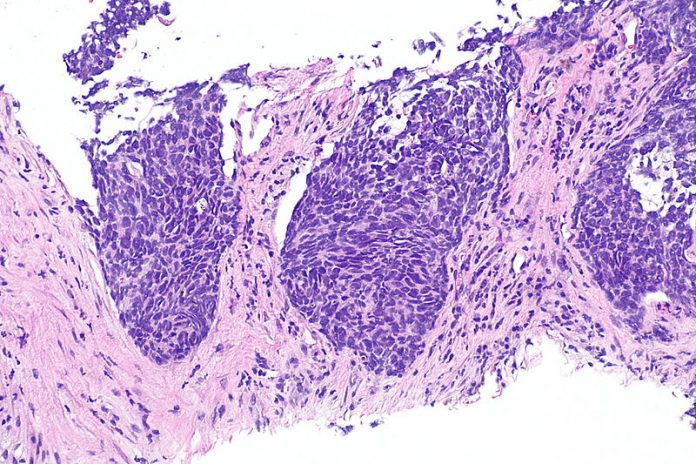March 5 (UPI) — Researchers are moving closer to providing better treatment for a common lung cancer, a new study says, thanks to an artificial intelligence model that can identify the disease as well as humans.
The new model uses a deep neural network to list different types of lung adenocarcinoma on histopathology slides, according to a study published Monday in Scientific Reports. This method, the researchers say, is comparable to three practicing pathologists.
“Our study demonstrates that machine learning can achieve high performance on a challenging image classification task and has the potential to be an asset to lung cancer management,” Saeed Hassanpour, a researcher at Dartmouth University and study author, said in a news release. “Clinical implementation of our system would be able to assist pathologists for accurate classification of lung cancer subtypes, which is critical for prognosis and treatment.”
Roughly 40 percent of all lung cancers are lung adenocarcinoma, according to LUNGevity, a lung cancer research organization.
The condition usually develops along small air passages, like the trachea or bronchioles, across the lung’s outer edges.
For current lung adenocarcinoma examinations, doctors look at lobectomy slides to figure the tumor patterns and subtypes. While this type of examination is still important, the researchers say, it’s prone to subjectivity and error.
This is an important development in the fight against lung cancer, the deadliest form of cancer in the United States, researchers say.
And since the method can be used to analyze other histopathology images, the researchers have made their code open source so that others can use it in new research.
“If validated through clinical trials, our neural network model can potentially be implemented in clinical practice to assist pathologists,” Hassanpour said. “Our machine learning method is also fast and can process a slide in less than one minute, so it could help triage patients before examination by physicians and potentially greatly assist pathologists in the visual examination of slides.”






